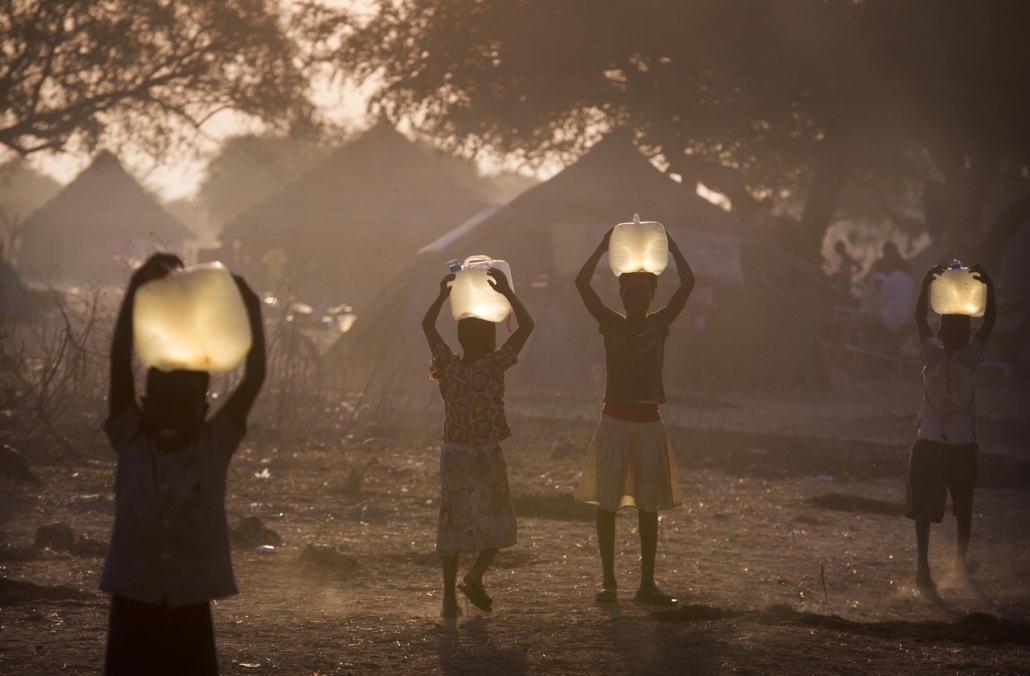6 Facts About the Water Crisis in South Sudan

South Sudan, the world’s youngest country, has faced adversity and troubled times since its founding. Its separation from Sudan was accompanied by significant conflict, beginning with the advent of civil war in December 2013. The widespread conflict led to many humanitarian crises and the country did not see peace until a cease-fire was issued in August of 2018. Five years later, the effects of this conflict persist and can be seen in the nation’s water crisis. Here are six facts about the water crisis in South Sudan.
6 Facts About the Water Crisis in South Sudan
- Only 41 percent of people in South Sudan had access to clean drinking water in 2019. In urban areas, residents often live too far from water sources to walk and are forced to rely on deliveries, driving up the cost of water. This forces many lower-income families to go without. Outside the metropolitan areas, water wells are not reliable either. During the conflict, armed groups destroyed the wells of many communities, hoping to defeat them. Now that the fighting is over, these wells remain destroyed, and even if they are within walking distance, people may not have access.
- Having to travel long distances to obtain clean drinking water also creates health and safety concerns for women and children in South Sudan. Walking long distances every day to access water increases the risk of severe dehydration as well as violence and kidnappings.
- The conflict has also displaced more than two million people, driving them into other countries or away from their available water sources. People settled in rural areas are heading to the cities, putting further pressure on already strained water sources and worsening the water crisis in South Sudan.
- According to data from 2016, one in three people use contaminated water daily. This water may come from the Nile or from swamp areas, both of which present immense risks of bacterial infections. When the choices are either to be thirsty or drink dirty water, people have to choose the water. As a result of the contaminated water, there were 20,000 reported cases of cholera in South Sudan between June 2016 and the start of 2018.
- Most water in South Sudan is not put towards domestic use. 97 percent goes to the agricultural industry, and in these strenuous times, a lack of water presents challenges for their main industry. 80 percent of the South Sudanese support themselves through farming, and without enough water to grow crops, their nutrition and economy suffer.
- A total of 871 million dollars has been given to South Sudan so far, but this only meets half of the goal to solve the crisis. Still, significant work is being done by humanitarian organizations, including Oxfam, which is working on the ground to improve access to clean drinking water. Its goal is to make long-lasting, sustainable changes to how water is accessed in order to end the water crisis in South Sudan.
While there is still progress to be made, there have been decreases in the percentage of people without drinkable water, especially in urban areas. Moving forward, as clean water reaches more remote areas, water accessibility in South Sudan will become more stable, greatly improving livelihoods.
– Anna Sarah Langlois
Photo: Flickr
